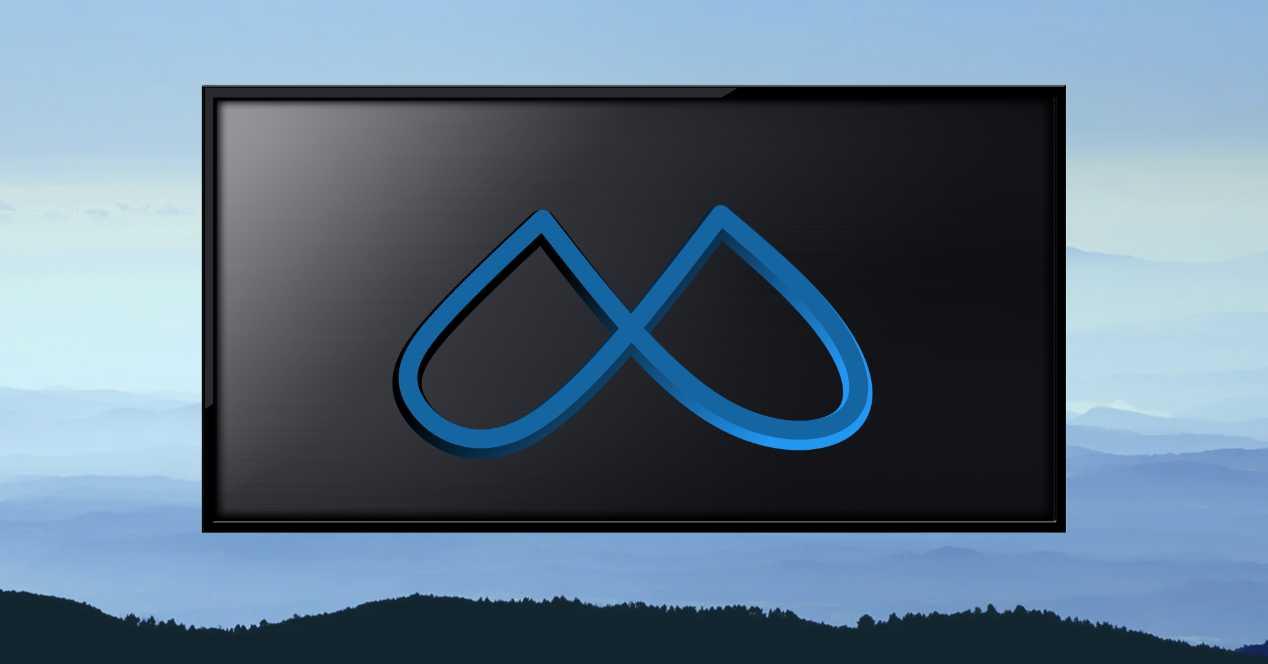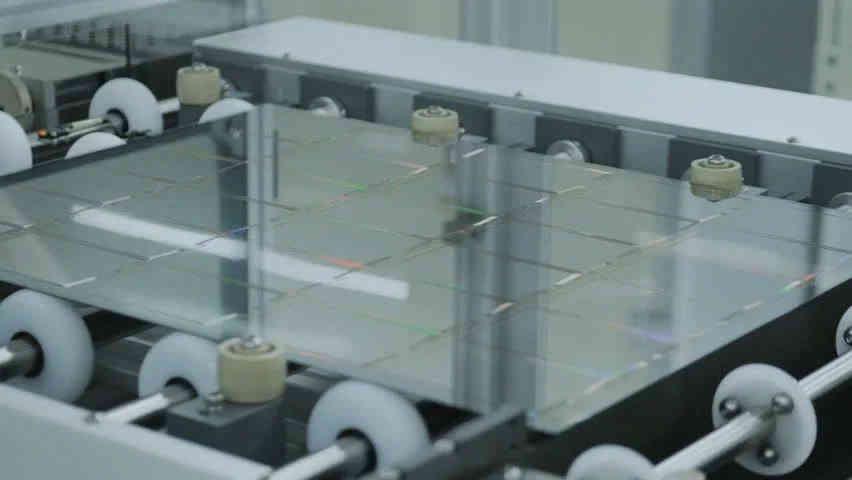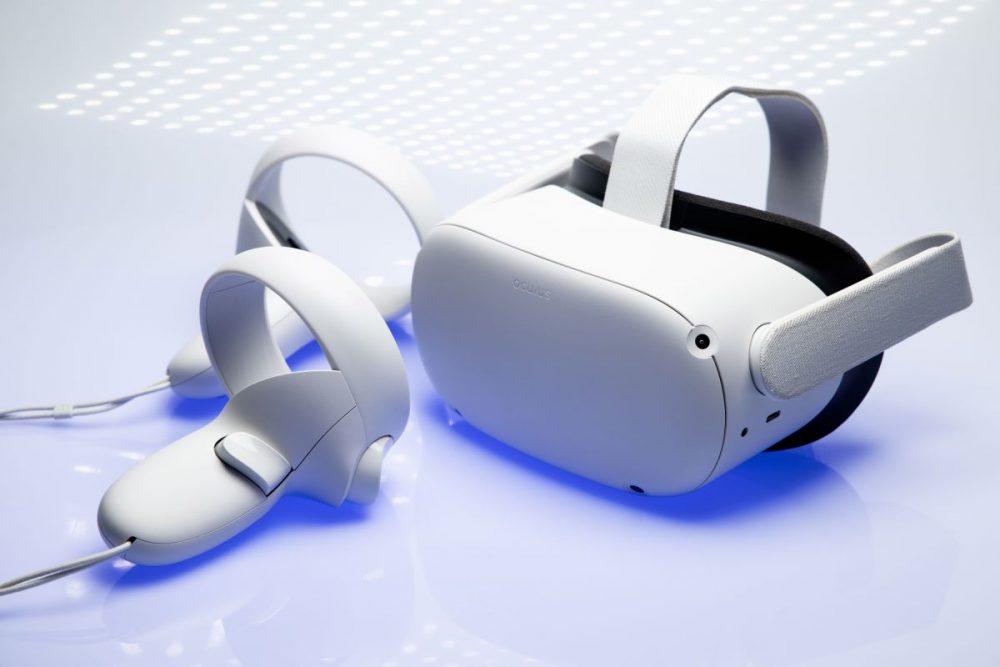
It shouldn’t really surprise us since they’ve had a product on the market for quite some time that comes with a built-in screen. We are referring to the product of the purchase of Oculus by Facebook, now under another name, and which resulted in the development of the current Meta Quest. We don’t know when the next generation will arrive, but the development of its screens by Meta is already underway.
Quest virtual reality headsets have been a relative success, despite being successful compared to other products of the same type, they have not yet reached the zenith of popularity to be considered a mass product, but they have not reached the top either. technical and VR is still very green. With monitors and televisions having reached the limit of the visible pixel, now it is Meta’s turn to develop its own designed screens and it will not do it alone, but with two large South Korean multinationals.
Meta manufacturing screens? Well yes, together with SK Hynix and LG
Meta would have reached an agreement with SK Hynix and LG Display to create Micro-OLED screens on a large scale in which the triumvirate of companies each have a very specific role, but in which the company owned by Facebook would be in charge of designing the specifications of said screens. So everything suggests that it is very likely that they will end up in the next generation Meta Quest, either in its standard version, in the Pro version or both. Unless it is clear that Zuckerberg has plans to get into the world of hardware by launching his own devices outside of virtual reality.
For VR applications, the beauty of Micro-OLED displays is that they have the ability to handle resolutions in the thousands of dots per inch, compared to hundreds of dots per inch in current VR units. Which would allow the next generation of virtual reality headsets to achieve the highest possible image quality, that of 60 pixels per degree of vision.
In the pact between three, we can understand that LG is based on its experience with screens, but SK Hynix participates in the inclusion of specialized circuitry for certain specific VR functions. That is, small accelerators and sensors that would be placed around the helmet or that would reduce latencies on the screens of the Meta Quest of the future.
Could it go to smartphones and tablets?
Despite what we have stated, we do not believe that Meta will get into the trouble of creating its own devices, if it did it would be with an Android variant tied to its own application store as it already does with the Meta Quest. However, the reason why all this makes us doubt is because the high resolution in pixels per inch of Micro-OLEDs would not be used in a tablet, but its application in virtual reality makes a lot of sense where it is still possible to achieve a higher resolution visible to the user’s eyes.
They will not leave Qualcomm aside for the future of the Meta Quest
While everything points to a virtual reality variant of its Snapdragon 8 Gen 2 for the next generation of virtual reality from Meta, the announcement of the agreement with the two Korean companies does not mean the end of the agreement with Qualcomm by Meta, more than anything due to the fact that they used 28 to 45 nm for the screen circuitry for Meta nodes. Moreover, it would be on the part of SK Hynix that they would have saved to avoid its closure.
The production capacity of said factory is 100,000 wafers of 300 mm in diameter per month, on top of the chips LG’s Micro-OLED panels will be implemented. As a curiosity, the same manufacturing plant until recently made RAM memories. Is it possible that they have developed a screen memory system to reduce latency with image buffering? We’ll see how this deal turns out in the end.





